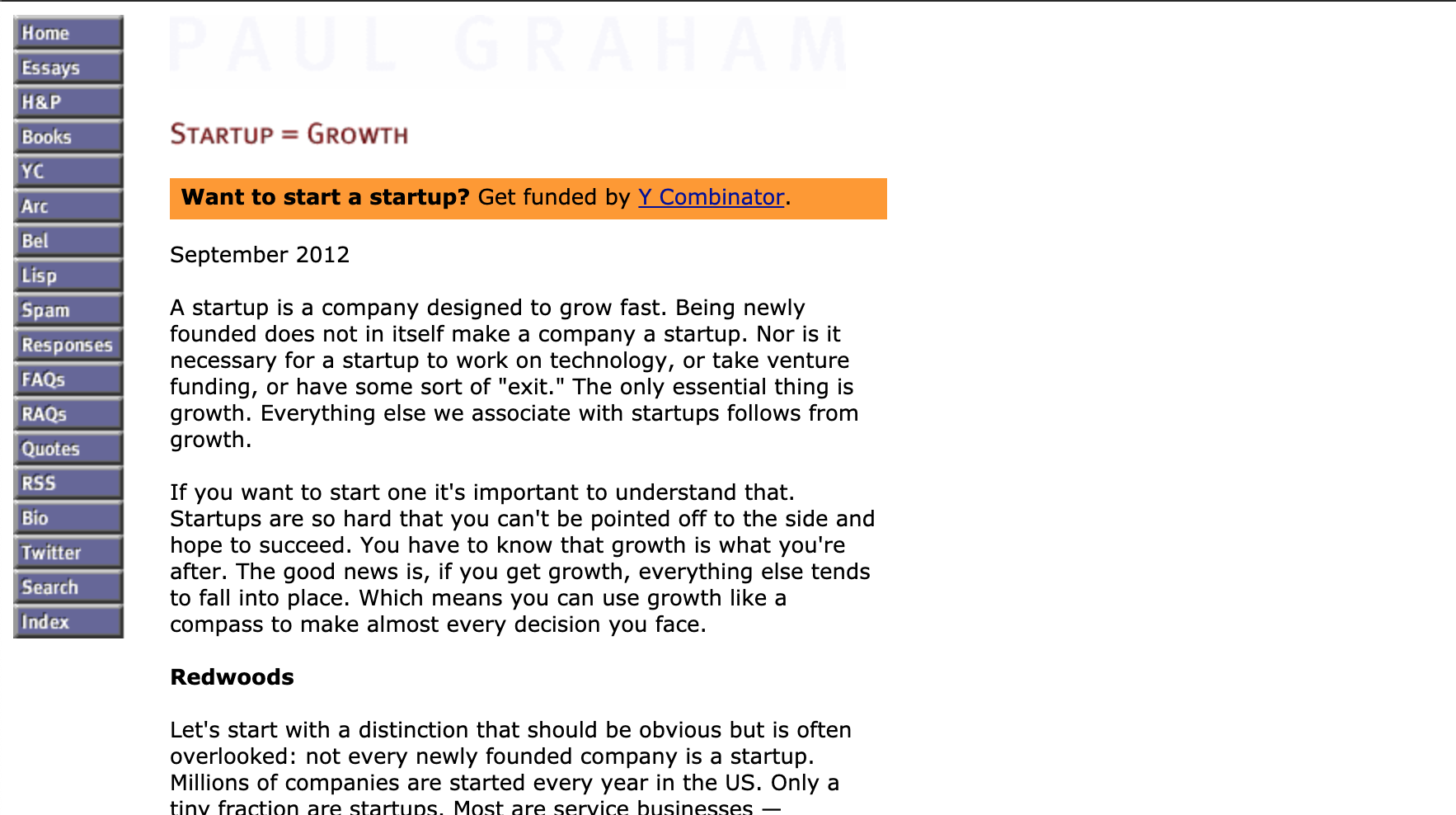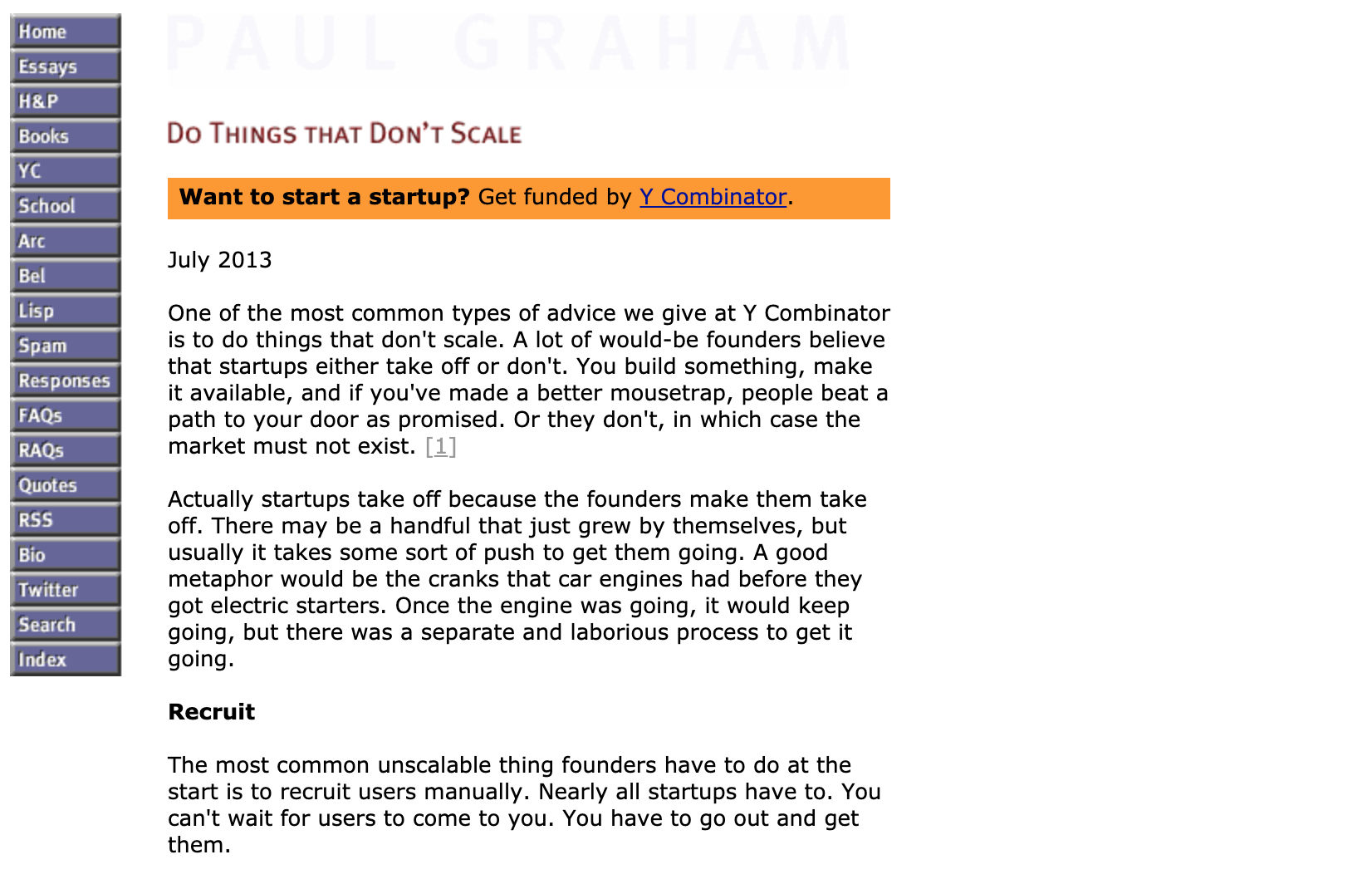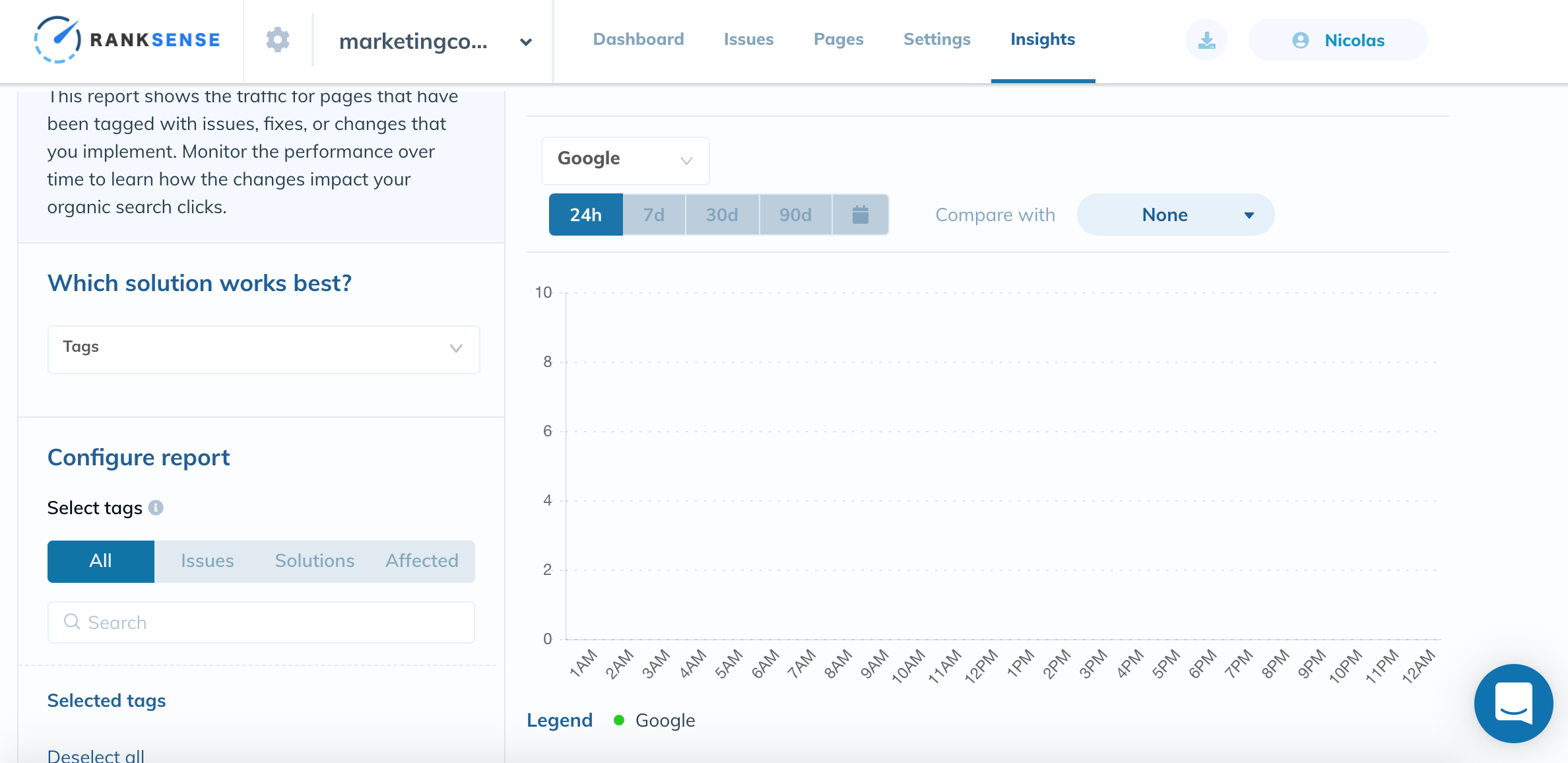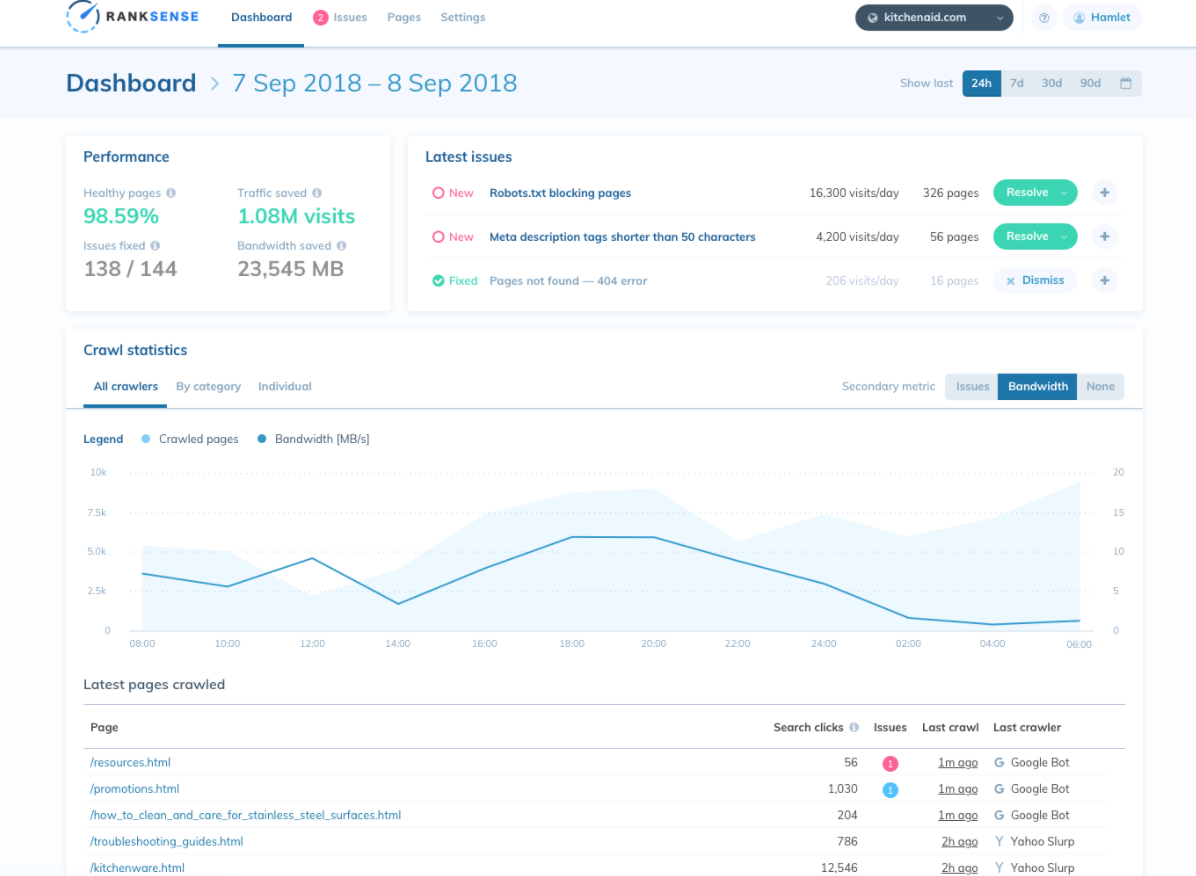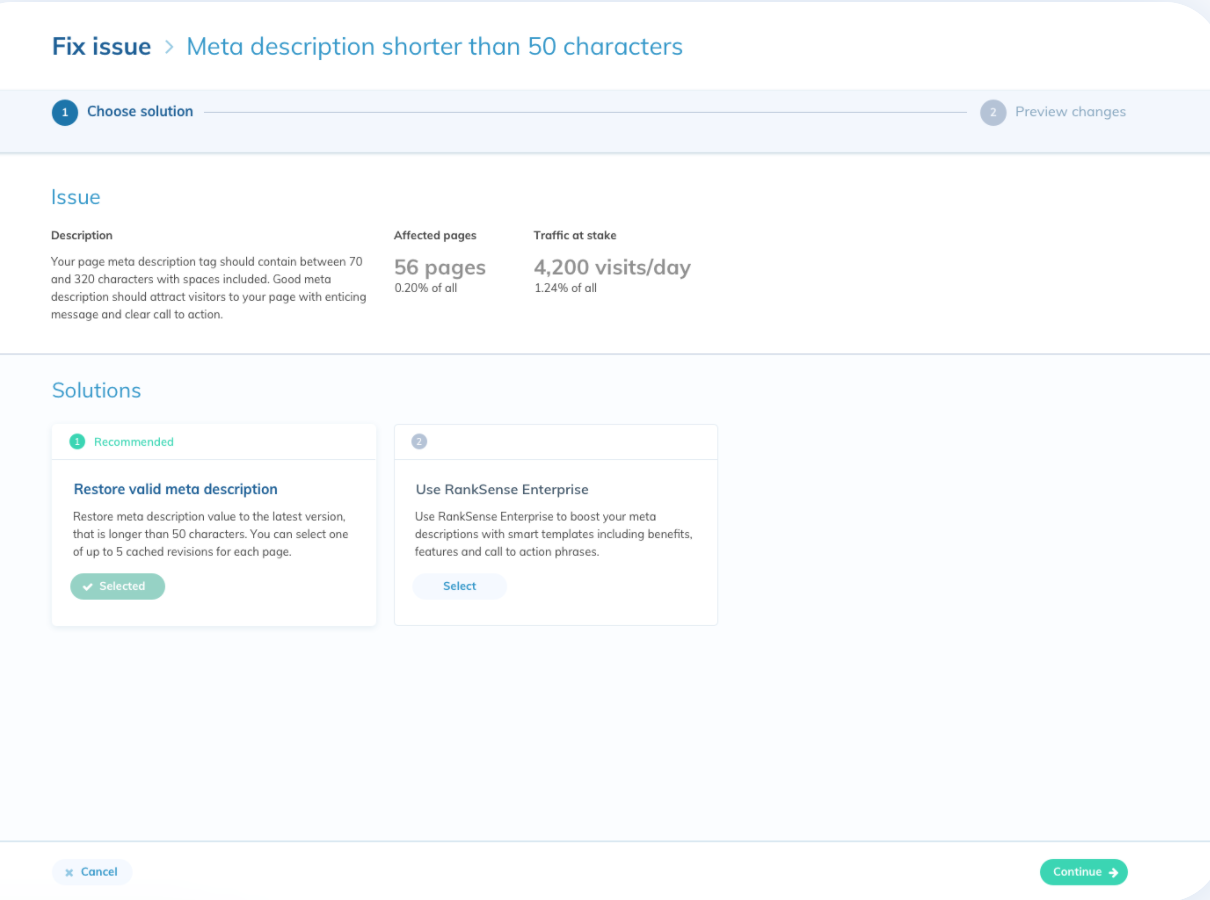Episode VII - Shitty Click-Throughs
Did you know the First-Ever Banner Ad on the Web back in 1994 had a 44% click through rate? A 44% CTR is insane and almost impossible to get in 2020.
Why is that? Because marketing channels have a lifecycle and tend to lose effectiveness once they face saturation
To give you a bit of context, by 2020, the average CTR in Google Ads on mobile across all industries was 4.10% on Search, 0.60% on the display network and global open rates on Email were around 13.9%.
In this episode of Marketing Concepts, I’ll take you through the Law of “Shitty Click-Throughs” and the process I use to work around it and avoid design, package and develop content using a product development framework.
Marketing Concept of the Week: Shitty Click-Throughs
The Law of Shitty Click-Throughs states that overtime all marketing strategies result in shitty clickthrough rates - it is often described as the force of gravity in marketing.
There are a 3 main reasons why this phenomenon happens:
Customers learn to avoid authentic and useful marketing: Initially superficial marketing campaigns work well as your users try it for the first time, but afterwards, they’ll learn to filter out your marketing unless you are constantly adding value.
Innovations Curve Is Shortening Overtime: Technology made innovation feasible for almost everyone and when everyone has similar resources successful and innovative marketing campaigns are easy to replicate which leads to saturation.
Scalability = Less Control = Less Qualified Customers: Using the Technology Adoption Lifecycle will help you understand how early adopters normally seek out novelty, whereas the mainstream market just cares if you solve a problem for them.
How to deal with the Law of Shitty Click Throughs
There’s a few things you can try to deal with the law of Shitty Click Throughs
Experimenting & developing new creative, messages and campaigns will push the Law of Shitty Clickthroughs to act over a longer period of time rather than degrading your marketing efforts over month or weeks
Organic Channels tend to have better CTRs as their lifecycle tends to be longer than Paid Channels. However they normally require more effort (a better understanding of your audience and better marketing assets)
Growth Marketing Framework
Here’s the framework, I use to mitigate the effects of the law of Shitty Click Throughs - 4 Steps to Creating a Successful Growth Marketing Plan
Define your marketing goals
Define your targeted users (target audience)
Identify effective channels and tactics
Document your progress & find new opportunities
Get Your Own Version Of My Growth Marketing Framework here
Remarkable Marketer of the Week: Paul Graham
Paul Graham is a marketer, programmer, writer and investor. He has been writing marketing and entrepreneurship essays since 2011. His site paulgraham.com is one of the most popular blogs in Silicon Valley and gets around 15 million page views every year.
In 2005 along with Jessica Livingstone, Robert Morris and Trevor Blackwell he started Y Combinator a startup incubator that has helped businesses like Airbnb, Stripe, Dropbox, Reddit and many more.
In our society being a Noob (someone who is constantly trying to figure out topics they don't understand well enough)has a bad connotation - Paul Graham believes being a Noob should have a positive connotation as it teaches you to learn more.
If you don’t force yourself to be a Noob you might end up learning nothing new in life. - The more of a noob you are locally, the less of a noob you are globally.
He believes the feeling of being a noob is inversely correlated with actual ignorance.
Startup = Growth
Paul Graham defines a startup as a company designed to grow fast and believes the only essential thing for a startups is growth
The are 2 things a needs to do to grow grow really big. 1. Make something lots of people want and 2. Reach & Serve all those people.
Growth Rate: It is the measure of a startup. This number will tell what you're doing well or badly. What matters is not the absolute number of new customers, but the ratio of new customers to existing ones.
Investing opportunities: All investors are looking at the ratio of return to risk and startups pass that test because although they're appallingly risky, the returns when they do succeed are so high
Understand Growth: Growth drives everything in this world. Growth is why startups usually work on technology — because ideas for fast growing companies are so rare that the best way to find new ones is to discover those recently made viable by change, and technology is the best source of rapid change
Starting a startup is like deciding to be a research scientist: you're not committing to solve any specific problem; you don't know for sure which problems are soluble; but you're committing to try to discover something no one knew before.
Do things that don't scale
All startups need to do things that don’t scale at the initial stage, as they don’t know if their solution is actually valuable to a big group of users - Startups take off because the founders make them take off.
Startups are fragile when they are starting out and need to manually get their first users, which is only easy if you build something to solve a significant problem for a relevant group of people.
Early startups need to considered the following unscalable activities
Delight: Companies should not only acquire users, but make them happy. Your first users should feel that signing up with you was one of the best choices they ever made. And you in turn should be racking your brains to think of new ways to delight them.
Consult: pick a single user and act as a consultants trying to build something just for that one user. This serves as a mold that you need to keep tweaking till you fit other their needs perfectly (this will satisfy other people similar to your original user)
Manual Activities: When you have a small number of users, you can potentially do things by hand and automate later
Vector : Think of the unscalable thing(s) you're going to do initially as part of the growth process
Connect with Paul
You can follow Paul on the following platforms:
Marketing Tool Of The Week : Rank Sense
Tool description
RankSense is a real-time monitoring & Agile SEO platforms that detects, removes and provide recommendations that improve your business organic traffic in weeks not months - It uses Cloudflare infrastructure to support its real-time monitoring process
Let’s have a look at Ranksense most important features
Features
Real-Time Monitoring
This tool detects traffic-killing issues in real time, and send instant notifications via email, Slack or SMS
Faster Crawling With Cloud Computing
Website crawls during peak hours can slow down your site during and cost you extra money in bandwidth usage.
This tools uses Cloudfare and piggybacks on
search engines.
crawls to optimize your site’s bandwidth.
Agile Implementation
The tools has ability to quickly identify issues in Cloudflare’s CDN, while simultaneously opening a ticket in your project management system to fix it.
You can also easily preview fixes before they go live to make sure they don’t disrupt your user flow.
Pricing
RankSense has 4 plans
Lite - $30/month
Basic - $105/month
Plus - $300/month
Professional - $1575/month
Audience
Mid and Senior Level Marketers dealing with big websites (100K+ Organic users a month) looking for ways to leverage Agile SEO and optimize their Organic Search Workflow on a weekly/daily basis - You need to have enough budget to pay at least $30+ a month.
Alternatives
Here are a few alternatives to RankSense in the market
SE Ranking - Similar features except for Cloudflare infrastructure & Agile implementation
SERPstat - All-in-one SEO platform which provides more than 20 tools: Competitor Analysis, Keyword Research, Backlink Analysis, Site Audit and Rank Tracker and many more. Serpstat is the fastest-growing SEO tool on the market that provides comprehensive search analytics data to more than 300,000 users.
RavenTools - White Label SEO Reports & All-in-one SEO platform



